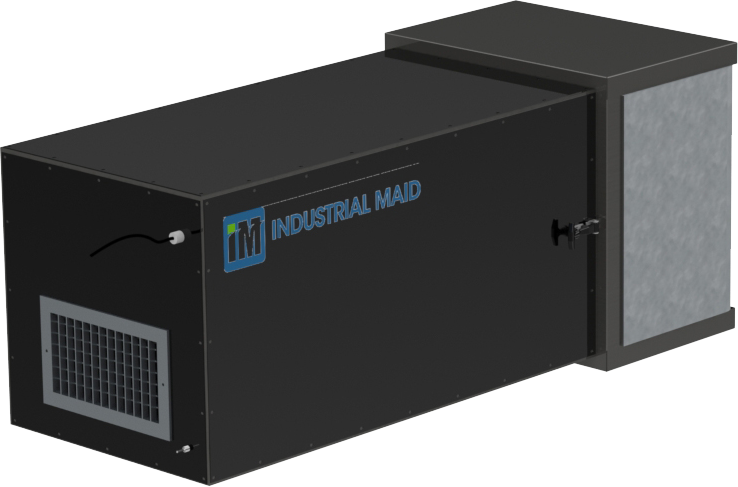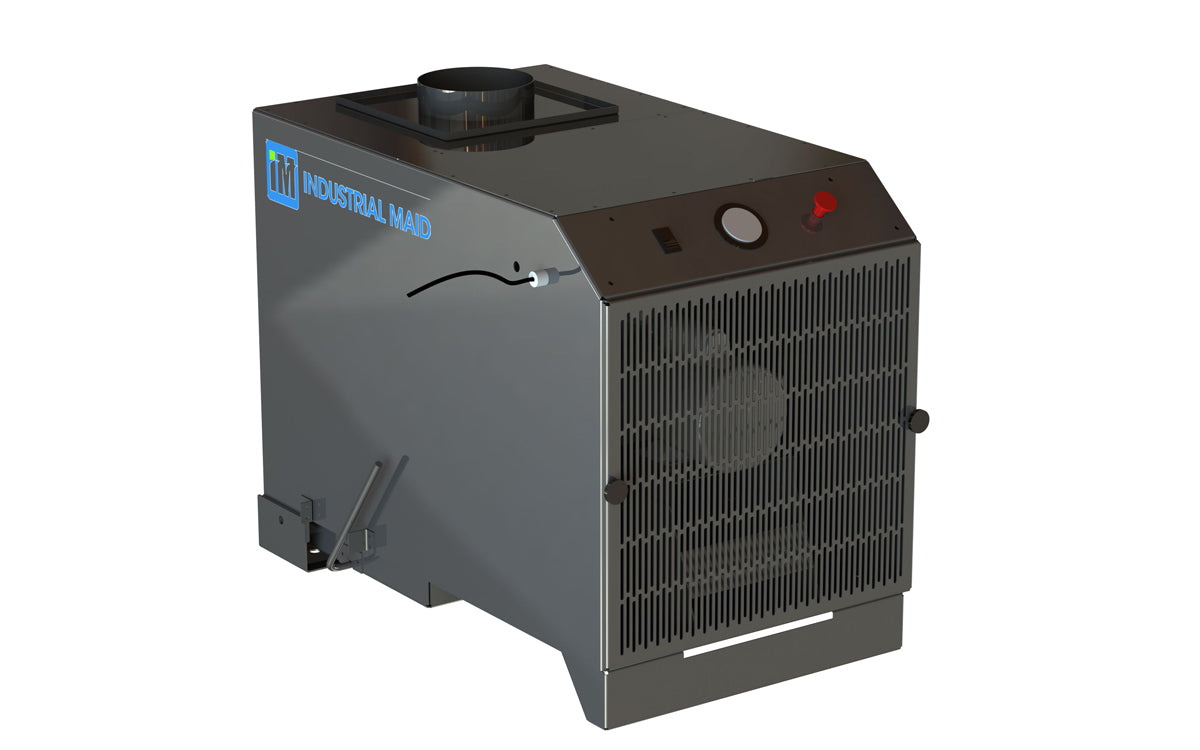Eliminate any Unknown Risks
Additive manufacturing is gaining a lot of momentum in manufacturing. And the trend is not predicted to slow down, in fact, the 3D printing industry is expected to grow by more than 31% per year until 2020 and generate more than $21B in revenue. This growth is due to the fact that additive manufacturing can reduce energy use and cut waste and material cost by impressive bounds—making it a focus of business and federal regulation.
While the safety issues and concerns haven’t been fully vetted, it is known that additive manufacturing shares some health risks with general manufacturing, but also has some of its own. Some of these risks include high, long-term exposure to toxic metals—from breathing them in to handling them. In addition, odorless gases produced by the process, exhaust gases and exposure to waste powders all produce concerns around safety.
Industrial Maid air filtration and ventilation solutions offer safe and reliable ways to mitigate, extract and collect dust particles, odors, smoke and other harmful chemicals from the air. We’ve helped many industries solve this problem and look forward to helping the upcoming additive manufacturing industry as well.
What is Additive Manufacturing?
Additive Manufacturing is a fairly new type of manufacturing that started as 3D printing of prototypes and evolved into a process now used to manufacture products and parts out of different types of metals and plastic materials.
The popularity of additive manufacturing began to rise when large corporations began to turn their attention to it for producing large amounts of products—the scalability of production became a focus, and therefore, so did the process.
Additive manufacturing is defined as the process of joining materials to make objects from 3D model data—usually layer upon layer. Much like a desktop printer produces images pixel by pixel, 3D printing produces objects element by element. It actually creates physical objects from a digital design, using CAD or engineering software.
It begins by uploading a design to an additive manufacturing machine. A small amount of powder is spread across the machine’s platform, and then, layer by layer, the process is repeated—layering, melting, layering, melting, etc. until the physical object is created.
This process allows businesses to create products that are lighter, stronger and more durable than traditionally made parts. It also speeds up build times, produces less waste, and offers more flexibility to engineers into what they design.
Regulations around additive manufacturing are being studied and slowly rolled to market. But, with new processes comes new risks—and Industrial Maid is fully prepared to help you take the precautions you need to that will ensure a health, safe and clean environment for your workers.





